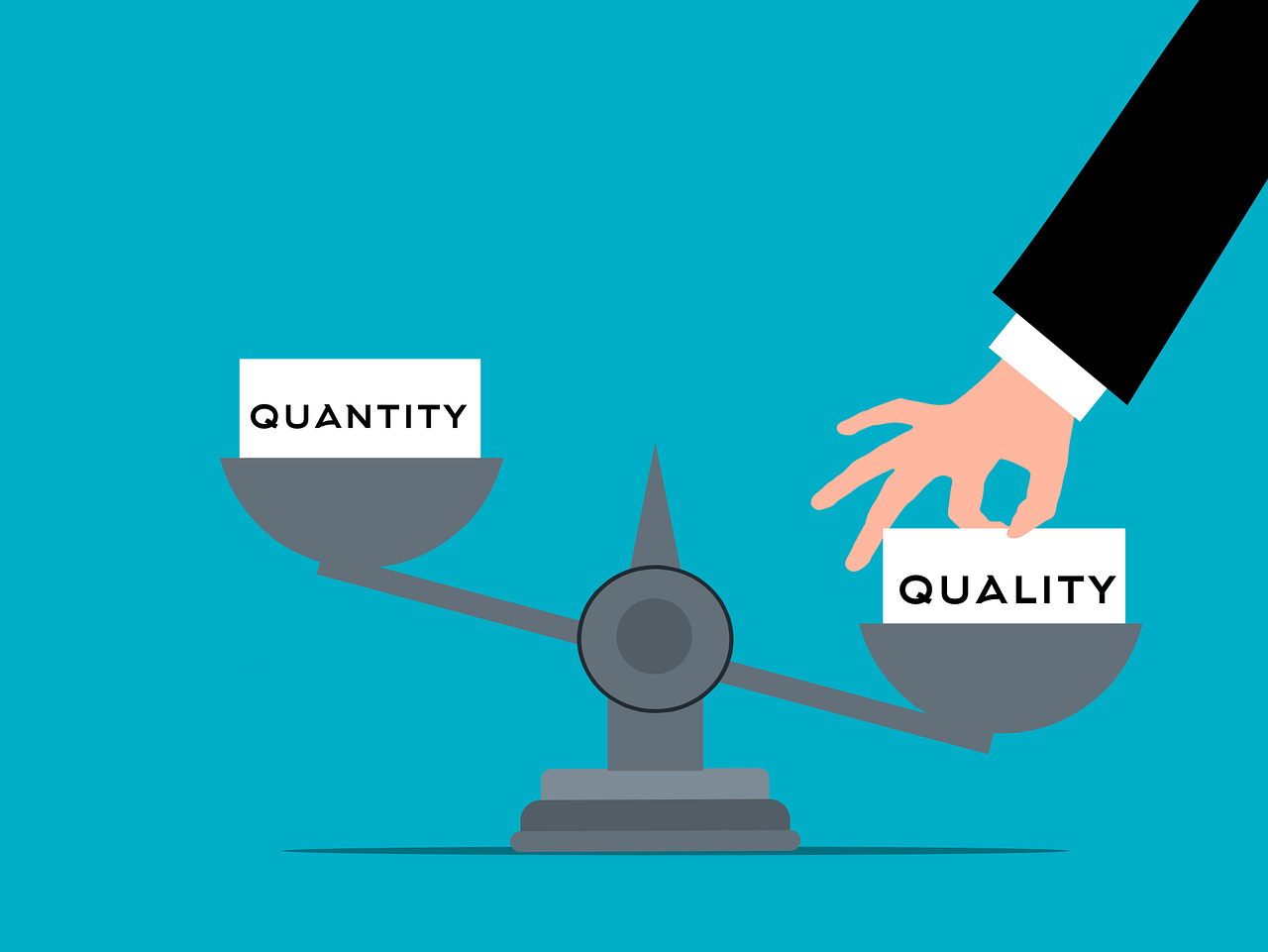Learning to use storytelling to elevate your brand messaging transforms ordinary marketing communications into compelling narratives that forge deep emotional connections with audiences. According to Stanford Graduate School of Business research, stories are remembered up to 22 times more than facts alone, making storytelling a strategic necessity rather than creative embellishment. This powerful approach transcends traditional feature-focused marketing by creating meaningful experiences that resonate with human psychology and drive measurable business results.
Why Storytelling Matters to Brand Messaging
Effective brand storytelling cuts through information overload while building authentic trust between companies and consumers. In today’s saturated marketplace, stories provide the emotional foundation that transforms casual browsers into loyal advocates.
Emotional Connection Drives Memorability
Psychological triggers embedded within well-crafted narratives create lasting impressions that purely logical appeals cannot achieve. The human brain processes emotional content more effectively than abstract information, leading to stronger brand recall and customer engagement.
Key psychological elements that make stories memorable include:
- Empathy activation through relatable characters and situations that mirror audience experiences
- Nostalgia triggers that connect present offerings to positive past memories and associations
- Surprise elements that create unexpected plot twists or revelations about brand values
- Social proof integration through stories of community belonging and shared identity
- Aspiration alignment by showcasing transformational journeys that audiences want to experience
- Conflict resolution that demonstrates how brands help overcome meaningful challenges
Differentiation Through Narrative
Narrative differentiation allows brands to stand out in crowded markets where products and services often appear commoditized. While competitors focus on features and specifications, story-driven brands create unique positioning through emotional resonance and values alignment.
| Brand Approach | Primary Focus | Customer Response | Competitive Advantage |
|---|---|---|---|
| Story-Driven Brands | Emotional connection, values, transformation | High engagement, loyalty, advocacy | Difficult to replicate narrative |
| Feature-Focused Brands | Product specifications, price, functionality | Comparison shopping, price sensitivity | Easily matched by competitors |
| Mission-Driven Narratives | Purpose, impact, community building | Deep brand affinity, word-of-mouth | Authentic differentiation |
Core Storytelling Elements Every Brand Must Master
Successful brand narratives incorporate fundamental storytelling components that create structure, meaning, and emotional impact. These elements work together to craft messages that capture attention and inspire action.
Character & Hero’s Journey
The most effective brand stories position the customer as the hero rather than the brand itself, with the company serving as the wise guide that facilitates transformation. This approach creates relatability while positioning products or services as essential tools for customer success.
The narrative framework for brand storytelling follows these stages:
- Call to adventure: Customer recognizes a need, desire, or problem requiring attention
- Conflict emergence: Obstacles, challenges, or pain points that prevent progress toward goals
- Guide introduction: Brand appears offering expertise, tools, or solutions to overcome barriers
- Transformation journey: Customer engages with brand and begins experiencing positive changes
- Resolution achievement: Successful outcome demonstrates brand value and customer growth
Conflict and Resolution: The Narrative Arc
Meaningful conflicts form the foundation of compelling brand stories by presenting relatable challenges that audiences recognize in their own experiences. The brand’s role becomes solving these conflicts through products, services, or expertise that enables customer success.
Types of conflicts that resonate with audiences:
- Functional pain points such as inefficiency, complexity, or time constraints that hinder productivity
- Emotional frustrations including stress, confusion, or lack of confidence in decision-making
- Aspirational gaps between current reality and desired future state or lifestyle goals
- Social pressures related to status, belonging, or meeting expectations from peers or family
- Value conflicts where existing solutions don’t align with personal beliefs or principles
Mission, Values & Authentic Voice
Authentic brand voice emerges when storytelling consistently reflects genuine company values and mission rather than manufactured messaging designed solely for appeal. This alignment creates trust and enables long-term relationship building with audiences who share similar values.
| Brand Value Type | Storytelling Style | Voice Characteristics | Example Narrative Elements |
|---|---|---|---|
| Sustainability | Inspirational, hopeful | Educational, optimistic | Environmental impact, future generations |
| Innovation | Bold, forward-thinking | Confident, visionary | Breakthrough moments, technological advancement |
| Community | Inclusive, collaborative | Warm, welcoming | Shared experiences, collective achievement |
| Quality | Detailed, craftsmanship-focused | Precise, respectful | Attention to detail, heritage traditions |
Discovering Your Unique Brand Story

Authentic storytelling begins with identifying genuine narrative elements within your organization’s history, values, and customer relationships. The most compelling brand stories emerge from real experiences rather than manufactured messaging.
Mining Your Brand’s Origins and Milestones
Origin stories provide powerful foundation material for brand narratives by revealing the human motivations and pivotal moments that shaped company development. These authentic elements create emotional connection points that manufactured stories cannot replicate.
Questions for uncovering storytelling opportunities:
- What specific problem or frustration inspired the company’s founding?
- Which pivotal decisions or moments fundamentally changed the business direction?
- How have customer interactions or feedback influenced product development?
- What obstacles did founders overcome during early business development stages?
- Which company values emerged from challenging situations or difficult choices?
- How has the brand’s mission evolved based on real-world experience and learning?
Aligning Brand Story with Audience Identity
Persona-driven storytelling ensures that narrative elements resonate with specific audience segments by incorporating relevant challenges, aspirations, and values that matter to target customers. Harvard Business Review research demonstrates that aligned storytelling increases purchase intent by 30% compared to generic messaging approaches.
Audience traits and corresponding narrative hooks include:
- Time-pressed professionals: Stories emphasizing efficiency, productivity, and work-life balance
- Value-conscious consumers: Narratives focusing on smart decisions, long-term benefits, and practical outcomes
- Status-seeking individuals: Stories highlighting prestige, exclusivity, and social recognition
- Community-oriented customers: Narratives emphasizing belonging, shared values, and collective impact
- Innovation adopters: Stories showcasing cutting-edge solutions, early access, and technological advancement
Adapting Your Story for Different Channels
Platform-specific storytelling requires tailoring narrative elements to match audience expectations and channel capabilities while maintaining consistent brand voice and core message themes.
Visual Storytelling for Social and Ads
Visual narrative consistency across social platforms and advertising creates cohesive brand experience that reinforces key story elements through imagery, color schemes, and composition choices. Visual storytelling often conveys emotional content more effectively than text-based approaches.
Essential visual storytelling checklist:
- Color palette consistency that reflects brand personality and emotional tone
- Typography selection that supports narrative voice and readability requirements
- Image composition that guides viewer attention toward key message elements
- Character representation that aligns with target audience demographics and aspirations
- Setting choices that reinforce brand values and story context appropriately
- Visual metaphors that simplify complex concepts through recognizable imagery
Long-Form Storytelling: Website, Blogs & Emails
Extended narrative formats allow deeper exploration of brand stories through detailed character development, comprehensive conflict resolution, and nuanced value demonstration. These platforms support complex storytelling that builds understanding and trust over time.
Email sequence template for storytelling:
- Introduction email: Establish character (customer) and initial situation or challenge
- Conflict development: Deepen understanding of obstacles and their impact on customer goals
- Transformation beginning: Introduce brand solution and early positive changes or results
- Resolution demonstration: Show successful outcome and long-term benefits achieved
- Call-to-action: Invite audience to begin their own transformation journey
Amplifying Brand Message with Customer Stories

Customer narratives provide authentic third-party validation while demonstrating real-world brand impact through genuine experiences and outcomes. These stories often carry more persuasive power than brand-generated content because of their authentic perspective.
Testimonials and Case Studies as Mini-Stories
Narrative testimonials transform basic customer feedback into compelling mini-stories that showcase transformation journeys and specific benefits achieved through brand engagement. This approach provides social proof while maintaining storytelling engagement.
Best practices for narrative testimonials:
- Before-and-after structure that clearly demonstrates transformation achieved through brand interaction
- Specific challenge description that allows prospects to recognize similar situations in their experience
- Solution explanation that details how the brand addressed customer needs effectively
- Quantifiable results that provide concrete evidence of value and return on investment
- Emotional impact that conveys feelings and personal significance beyond measurable outcomes
- Authentic voice that maintains customer’s natural speaking style and genuine perspective
User-Generated Content and Community Involvement
Community storytelling leverages customer creativity and enthusiasm to generate authentic brand narratives that resonate with peer audiences. User-generated content often achieves higher engagement rates than brand-produced materials.
Campaign ideas for community storytelling:
- Transformation hashtags encouraging customers to share before-and-after experiences
- Story contests with prompts for creative brand experience narratives
- Feature spotlights highlighting interesting customer backgrounds and achievements
- Challenge campaigns that document customer journeys toward specific goals
- Behind-the-scenes sharing where customers show brand integration into daily life
Measuring the Effectiveness of Story-Based Messaging
Performance tracking for storytelling requires monitoring both traditional marketing metrics and engagement indicators that reflect emotional connection and narrative impact. Story effectiveness often appears in qualitative responses alongside quantitative measurements.
Engagement Metrics That Reflect Narrative Success
Story-specific KPIs measure audience response to narrative elements and emotional engagement levels that indicate successful storytelling implementation. These metrics often predict long-term customer value better than traditional conversion tracking alone.
| Metric Category | Key Performance Indicators | Storytelling Insight | Target Benchmark |
|---|---|---|---|
| Engagement Depth | Time on page, scroll depth, return visits | Narrative compelling power | 25%+ above baseline |
| Social Response | Shares, comments, saves, mentions | Emotional resonance strength | 15%+ increase |
| Conversion Quality | Lead quality scores, customer lifetime value | Story-audience alignment | 20%+ improvement |
| Brand Affinity | Net promoter score, brand mention sentiment | Relationship building success | Positive trend growth |
Testing and Iterating Your Brand Stories
Continuous optimization of storytelling elements through systematic testing reveals which narrative approaches resonate most effectively with specific audience segments and platform contexts.
A/B testing opportunities for story optimization:
- Headline variations comparing emotional hooks versus rational benefits in opening statements
- Narrative structure testing chronological versus problem-solution story organization approaches
- Character focus comparing customer-hero versus brand-guide positioning in messaging
- Conflict intensity evaluating mild challenges versus significant obstacles in story development
- Resolution detail testing specific outcomes versus aspirational future state descriptions
- Visual storytelling comparing image-heavy versus text-focused narrative presentation styles
Testing process framework:
- Hypothesis formation based on audience insights and performance data analysis
- Variable isolation to ensure clear attribution of results to specific story elements
- Sample size calculation for statistical significance in testing outcomes
- Performance monitoring across multiple metrics including engagement and conversion
- Result analysis considering both quantitative data and qualitative audience feedback
- Implementation planning for scaling successful story variations across channels
Conclusion
Storytelling excellence serves as the foundation for brand messaging that creates lasting emotional connections, drives meaningful engagement, and generates sustainable competitive advantage in crowded marketplaces. By implementing authentic narratives that position customers as heroes while demonstrating genuine value through conflict resolution, brands can transcend commodity competition and build communities of loyal advocates. Success requires consistent story refinement across all communication channels, systematic performance measurement, and ongoing adaptation based on audience response and evolving market conditions.




